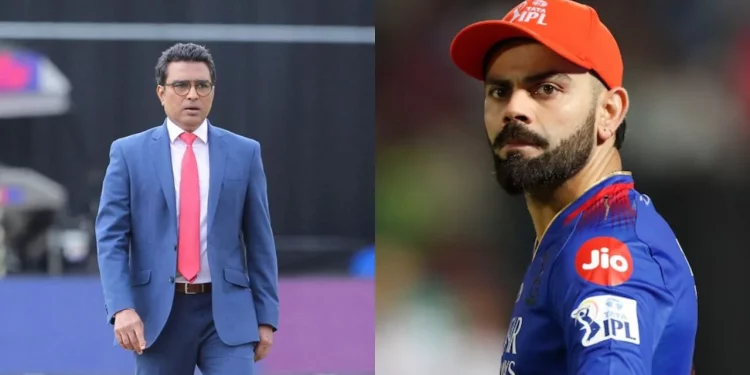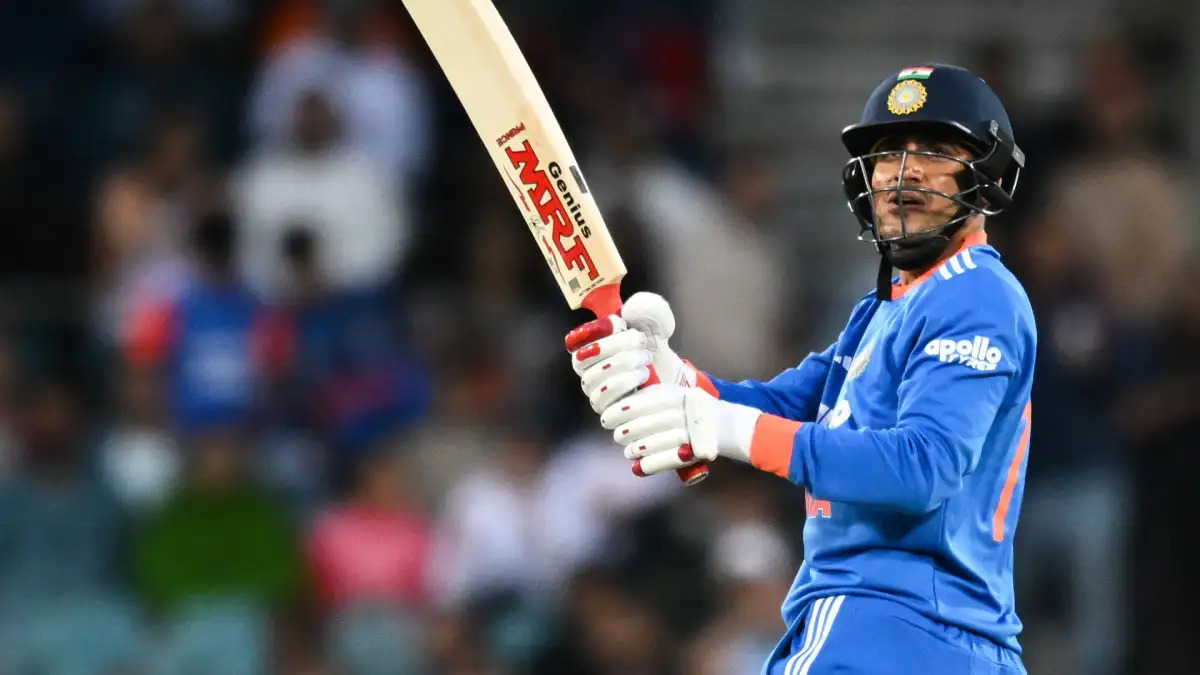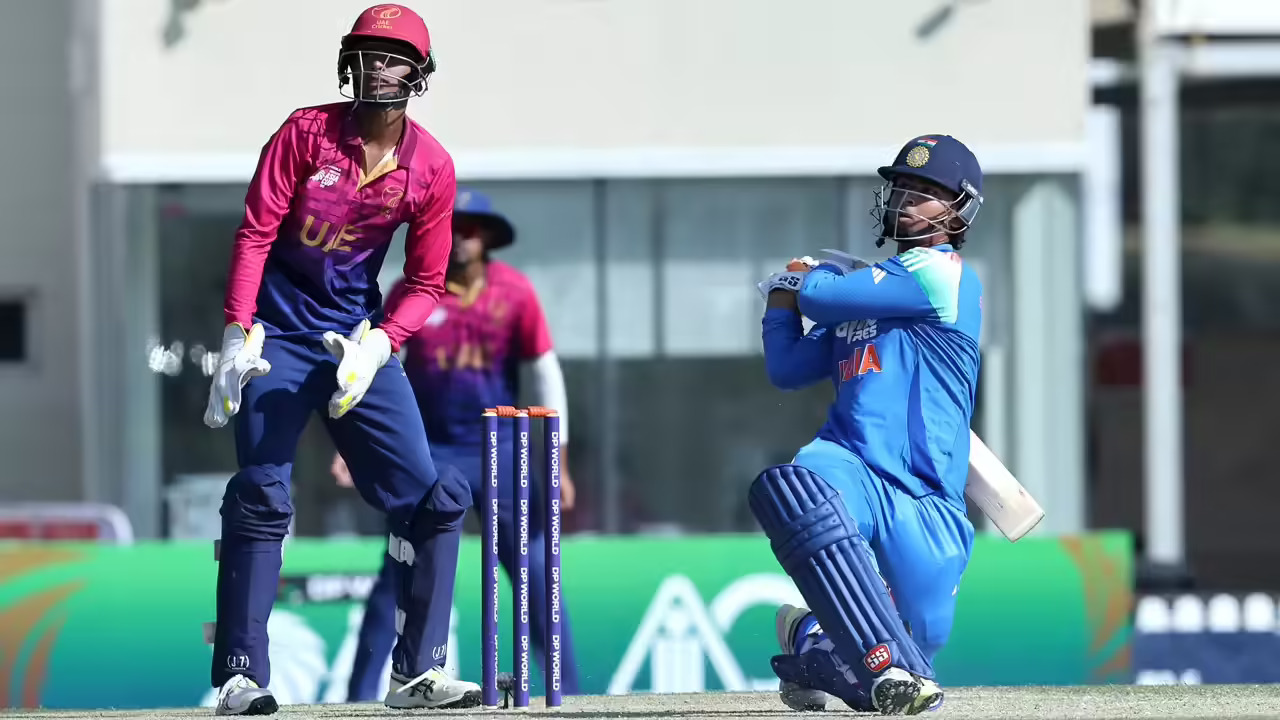A lot of cricket commentators have expressed concern over Virat Kohli’s declining strike rate in Twenty20 Internationals; thus, he has been hidden. After the Indian Premier League 2024 completed, Kohli was the Orange Cap winner. However, the topics of discussion in the community continued to centre around his strike rate. Former Indian cricketer Sunil Gavaskar criticised him harshly for his poor strike rate after he scored a century in the IPL 2024. For the uninitiated, Kohli crushed the Rajasthan Royals, scoring 113 runs off of 72 balls.
Sanjay Manjrekar, a former cricket player for India, enters the mix and explains how, in crucial games, Kohli’s anchoring style crushes the free-spirited batter. Concerns arose following Kohli’s 50 from 40 balls against England in the 2022 T20 World Cup semifinal, a match that India ultimately lost. The fact that the top Indian hitter struggles when under pressure in difficult situations is what inspired Manjrekar’s ideas.
“My biggest concern is that Virat would take charge during the crucial semi-final and final match. You can observe that in every major game, he feels compelled to bat longer rather than freely because of his stature in Indian cricket. It is evident from the 50-over World Cup (2023) that Rohit Sharma, regardless of his size, is willing to bat freely. In the Star Sports Press Room Show, Manjrekar stated, “I’m worried about Virat Kohli when it comes to the semis and finals.”
In my opinion, an anchor has no place in T20 cricket. Sanjay Manjrekar
Regarding the anchor role, during the World Cup 2023 finals match against Australia, Kohli and KL Rahul were spotted playing similar roles. At bat, none of the batters moved quickly and instead opted for singles and doubles. Manjrekar highlighted that there is space for an anchor role in T20 cricket, despite the fact that the format requires hitters to play with extreme force.
Also read: Swapnil Singh describes Virat Kohli’s evolution: ‘He was quite flashy at the time’
“I don’t believe anchors are necessary in Twenty20 cricket, particularly when batting first. He continued, “If you are going to respect a bowler because you have given up a few easy overs and lost a few wickets, that harm is irreversible.






